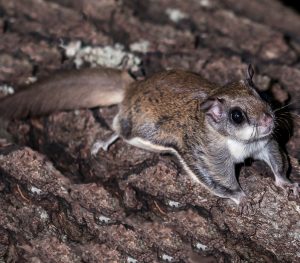Raising Orphaned Flying Squirrels
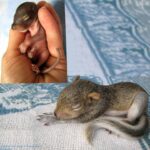 If you have found a fox squirrel go here
If you have found a fox squirrel go here
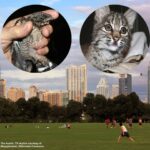 All Of Dr. Hines’ Other Wildlife Rehab Articles
All Of Dr. Hines’ Other Wildlife Rehab Articles
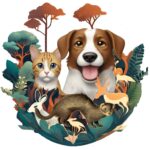 Portal to all of Dr. Hines’ animal health care articles
Portal to all of Dr. Hines’ animal health care articles
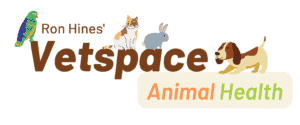 Portal to donation page for devices that don’t display it
Portal to donation page for devices that don’t display it
Ron Hines DVM PhD
Orphaned wildlife tend to knock more than once on the door of a kind- hearted person.
So, for Nestling birds go here. Opossums here. Raccoons here. Cottontail rabbits here. Turtles here. Bobcats and other such creatures are for professionals only, go here.
Like all orphaned rodents, it’s considerably easier to raise flying squirrel kits when they have some fur and have already received their mother’s colostral (first milk) antibodies (some species pass it through the womb).
Temperature is important. I like to keep them about 100 F (37.8 C). I use a Marsh (Lion Electric) Turnex™ egg incubator, which has wet and dry bulb thermometers but you can use a heating pad under towels as well. If they are dehydrated, subcutaneous lactated ringer’s solution (LRS) given subcutaneously in an amount about as large as their heads 3 times a day is a good idea.
I use 1 part of powdered Nurturall™ Kitten Powder to 4 parts warm water and a few drops of FeloviteII™/Taurine the first day, and to 3 parts for the next week or three. I have read that soy-based infant formulas will also work but I have not used them. It is important to feed young squirrels slowly with their bellies down. Just plump them out a little. Over feeding is worse than underfeeding. I like to use a 1 ml plastic pipette with the end heated with a lighter or match and drawn out finer. The stool should be jelly-like and cream to yellow. If it is too thin dilute the formula. If you over feed, milk will bubble from the baby’s nose and it will develop aspiration pneumonia. Be sure to wake them up before you feed them! Feed them every 2-4 hours. Don’t give too much at a time. When you finish a feeding, gently massage their genitals with a warm wet pledget of cotton. Mix only the amount of food you will use. I use a half-ounce “Yorker” bottle for the formula. As they get older, you can feed them directly from the bottle.
They should feel snug in a small cardboard box packed loosely with white Kleenex. As they get older, and their eyes open a wire cage – preferably ungalvanized (no Zinc) is best. Provide a lot of twigs for them to get exercise and gain dexterity. Begin to wean them as early as you can. Provide them with berries, nuts, grains, fruit and vegetables, and a crock of water. Some of the imported ones use lead glazes. Handle them as little as possible if they will be released and they will revert to their natural shyness. That is also the time to provide them with a wooden sleeping box. It should look like a wood duck nest box in miniature. Be sure no green treated lumber is used to make it. You can go natural with a hollowed stump but that’s a lot of work and chiefly for your enjoyment. As the weather moderates – keep their habitat on a porch or outside.
If the babies bloat with air, a drop of veterinary surfactant (dioctyl sodium sulfosuccinate, “Colase” or, if unavailable, a Gerber’s anti-infant bloat on the shelf ant Walmart) will help them pass the gas. Also helpful is Pancreazime™ (a mixture of digestive enzymes + vitamin E – about 1/8 tab/28ml of formula. If the bloated abdomen is firm they may be dehydrated and need more subcutaneous fluids, more diluted formula and a drop or two of cat laxative.
Remember, they are nocturnal creatures – if you are a night owl – feed them at night. Make them hunt for their food – that is hiding it about like they would forage in the wild. Wean them from formula slowly. When they are grown and fat, I usually nail their nest box to a large oak tree that has some potential knotholes in it. If you cut a wilted branch off flush with the tree there is often a rotted center hole in it. Keep putting feed in the box. The squirrels may return for a while but they will eventually move on. Other people keep them in large outdoor aviaries for a few months to a year and accustom them to freedom slower.
 Dear reader, Besides your donations, visitors to the products that Google and others display on my website help me defray the cost of keeping my articles on the Web – and you informed. As you know, sites like mine that intentionally use no AI, no SEO, and are not written to Sell You Things are getting harder and harder to find, Best wishes, Ron Hines
Dear reader, Besides your donations, visitors to the products that Google and others display on my website help me defray the cost of keeping my articles on the Web – and you informed. As you know, sites like mine that intentionally use no AI, no SEO, and are not written to Sell You Things are getting harder and harder to find, Best wishes, Ron Hines

